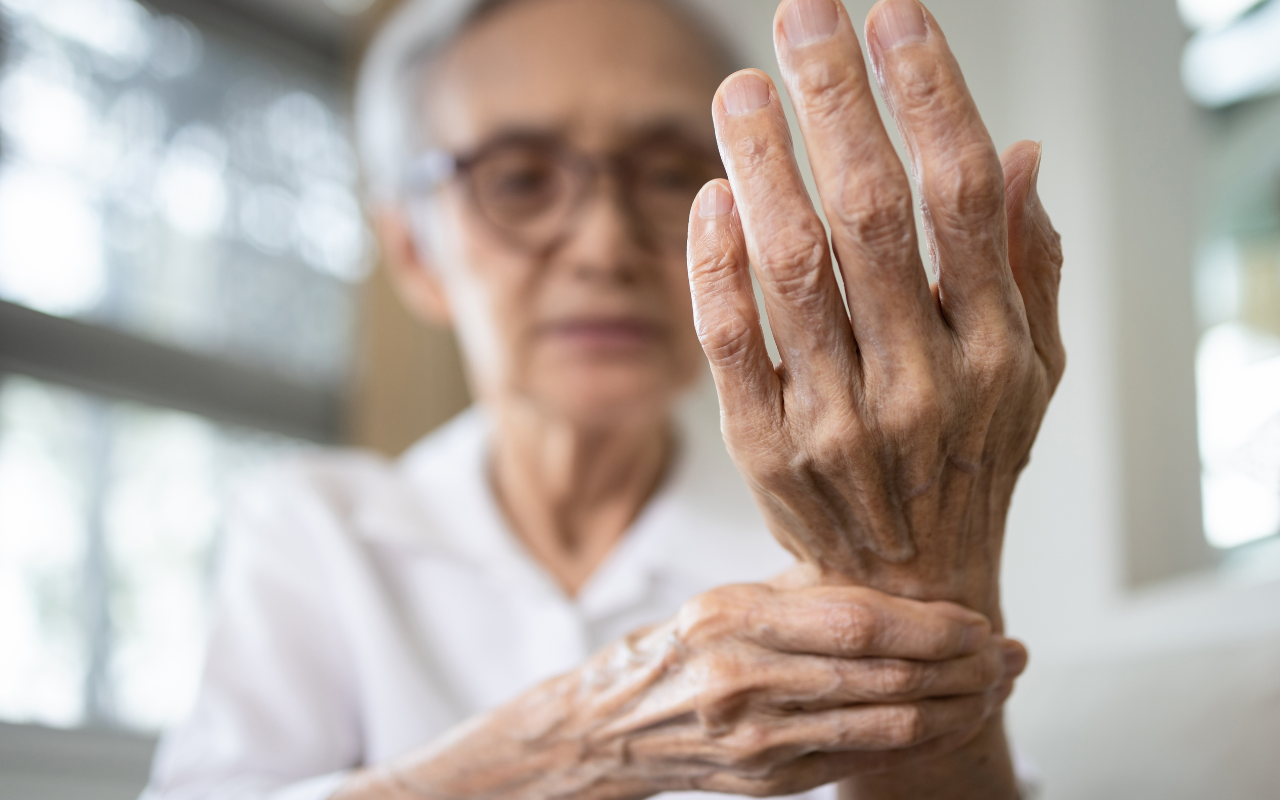Osteoporosis contributes to the deaths of about 2300 Australians each year, but it’s hoped an updated management guide will help GPs with early diagnosis and bone health management.
The latest osteoporosis management guide has been released to help general practitioners (GPs) care for patients over 50 years of age with the condition.
The latest edition, called Osteoporosis management and fracture prevention in postmenopausal women and men over 50 years of age, includes information on how GPs can help prevent initial fractures.
Osteoporosis is a chronic condition defined by low bone mineral density which increases the risk of fractures (here).
An estimated 924 000 (3.8%) people in Australia reported having osteoporosis or osteopenia in 2017–18, but the true prevalence, including undiagnosed cases, is likely to be much higher than this.
The updated guide is intended to support GPs with the early diagnosis of osteoporosis to encourage superior bone health management before a patient’s condition deteriorates.
The guide includes support for identifying the condition in undiagnosed patients following an initial fracture to prevent subsequent fractures.
It also supports GPs with how to manage the secondary causes of poor bone health.

Chair of the National Osteoporosis Guideline Review Committee, Associate Professor Peter Wong, said the latest edition reflects the latest evidence.
“Osteoporosis is a serious chronic disease which can lead to fractures,” Associate Professor Wong said.
“This new edition reflects latest peer reviewed evidence and focuses on optimal management of osteoporosis in the community.
“GPs have a range of effective solutions available to tackle this health issue and the new edition provides clear guidance and recommendations on pharmacological management, including use of osteoanabolic therapies, use of fracture risk assessment tools, and the importance of calcium and vitamin D status in patients.
“It also includes a ‘special issues’ section that features updated recommendations on delayed dental healing and the management of bone health in patients.
“Each section in this new edition has been reviewed and updated with current peer-reviewed evidence by a bone expert with subspeciality expertise, to give GPs the highest standard of guidance and information.”
Impact of osteoporosis
People with osteoporosis or osteopenia had about double the rates of reporting poorer health, higher psychological distress and more severe bodily pain compared with people without the conditions after adjusting for age, according to the Australian Institute of Health and Welfare (AIHW).
“[Twenty-nine per cent] of fall burden was attributed to low bone mineral density, equivalent to 0.4% of total disease burden in 2018,” the AIHW said.
“In 2018–19, an estimated $1.2 billion or 29% of expenditure for falls was attributed to low bone mineral density, representing 1.9% of total health system expenditure.
“Osteoporosis contributed to 2366 deaths or 6.5 deaths per 100 000 population in 2021, representing 1.4% of all deaths.”
“Making a real difference”
The updated guide will make a real difference in the care and treatment of people with osteoporosis, said Professor Mark Morgan, spokesperson of the Royal Australian College of General Practitioners (RACGP) and Chair of the RACGP Expert Committee on Quality Care.
“It provides clear, evidence-based recommendations to help GPs care for patients aged 50 and over with poor bone health, including osteopenia and osteoporosis,” Professor Morgan said.
“We know our GPs do a tremendous job helping patients with these conditions and those at risk of developing them, and this guidance can act as a useful, extra tool to support clinical judgment on a patient-by-patient basis.”
There has never been a more important time for resources to help GPs care for people with this condition, RACGP President Dr Nicole Higgins said.
“GPs play a vital role helping people with osteoporosis, and this guide will help GPs achieve even better patient outcomes,” Dr Higgins said.
Subscribe to the free InSight+ weekly newsletter here. It is available to all readers, not just registered medical practitioners.

 more_vert
more_vert
lots of big pharma input
and inadequate management of high risk patients
I think it is paramount that doctors so readily put patients heavy drugs which can cause or worsen ONJ.There are ways of improving the condition such as dietary and Vitamin supplementation.